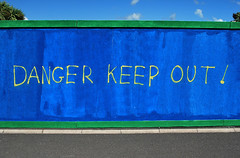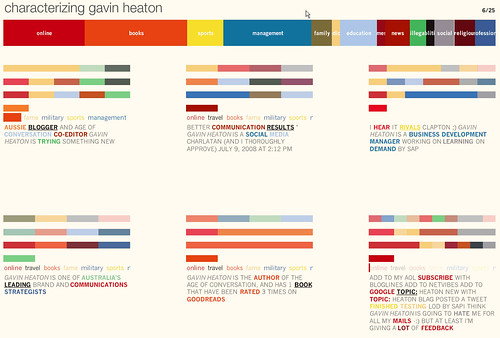 I must admit to quite liking this early-in-the-week recap. And while there is plenty of material out there to be read, it goes to show how difficult it can be to create reliably compelling content. This week’s must-read posts each had something that stayed with me long after the initial scan. Hope you like them.
I must admit to quite liking this early-in-the-week recap. And while there is plenty of material out there to be read, it goes to show how difficult it can be to create reliably compelling content. This week’s must-read posts each had something that stayed with me long after the initial scan. Hope you like them.
- Julian Cole explains why there is much interest (and opportunity) in Facebook with a nice case study about his own use of a Fan page to promote the band, Grinspoon
- David Armano reveals social media’s 10 dirty little secrets. Go on, own up to your own 😉
- Zoe Scaman shares “living pixels” – outdoor media made of living plants. Perfect for brands such as the Toyota Prius
- Great banner spotted by Ashley Ringrose – by IBM. Seriously.
- Interesting post by Iain Tait reminding us to think about the tone of voice that we use in our writing – and how it can sometimes, unexpectedly, change



